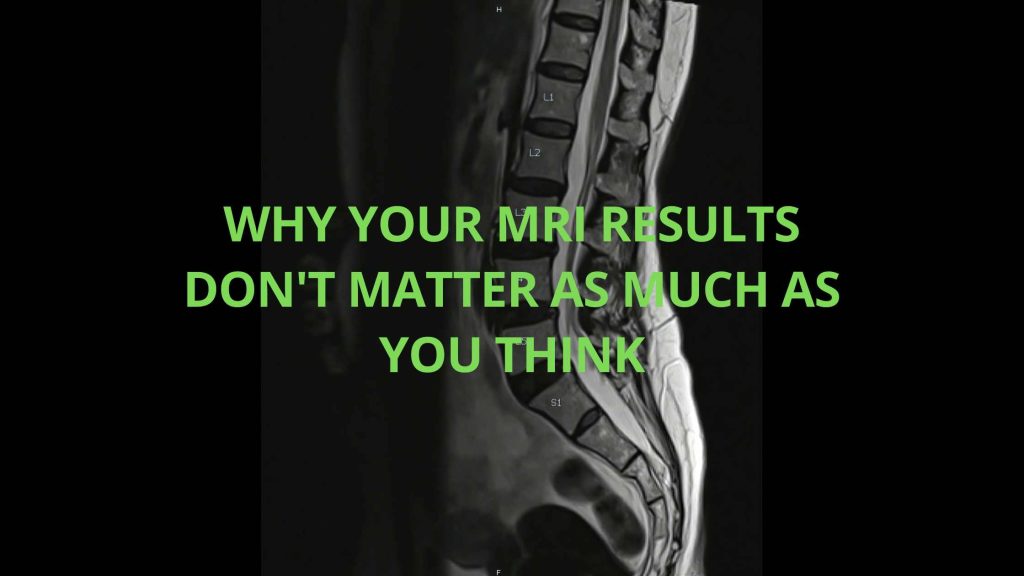…What Matters Is How You’re Functioning
The Shocking Truth About Your Scan Results
Your MRI might reveal tears, herniations, or degeneration that sound terrifying—yet you’re walking, working, and living without a hint of pain.
Imagine this: A patient stares at their MRI report, heart sinking at words like “bulging disc” or “tendon tear,” convinced surgery is inevitable.
But here’s the reality—medical imaging often uncovers “abnormalities” in people who feel perfectly fine, proving that what shows up on a scan doesn’t always dictate your daily life.
Studies show that up to 30% of asymptomatic adults have disc herniations on MRI, and similar stats apply to rotator cuff tears in shoulders.
It’s a weird insight: Your body can adapt and compensate, masking structural issues until something triggers symptoms.
When Pain and Pictures Don’t Align
Have you ever wondered why two people with identical MRI findings can experience wildly different levels of discomfort?
This disconnect happens because pain is multifactorial—involving nerves, inflammation, biomechanics, and even psychology—far beyond what a static image captures.
Common scenarios where MRIs mislead:
- A herniated disc pressing on a nerve? You might feel nothing if inflammation is low.
- Tendon tears in the knee or shoulder? Many athletes compete pain-free despite them.
- Spinal stenosis showing narrowing? Function can remain high with good muscle support.
The key takeaway is simple: Focus on how you move, not what the magnet reveals.
Unlocking Healing Without the Knife
What if non-invasive tools could give your body a fresh chance to repair itself, bypassing the MRI drama altogether?
Enter dry needling and prolotherapy—techniques I use to target dysfunctional tissues and kickstart natural recovery.
Dry needling involves inserting thin needles into trigger points to release muscle tension and reduce pain signals.
Prolotherapy injects a solution to irritate and strengthen ligaments or tendons, promoting collagen growth and stability.
Patients often report:
- Rapid relief from chronic aches that MRIs couldn’t explain.
- Improved mobility without relying on painkillers or surgery.
- A renewed sense of control over their bodies.
These methods aren’t magic; they’re science-backed ways to enhance function where imaging falls short.
Function First: Your Path Forward
Ultimately, your quality of life hinges on performance, not pixels on a screen.
By shifting focus from “fixing” the scan to optimizing how you function, you open doors to true healing.
So next time an MRI alarms you, remember: It’s just a snapshot—your story is in the movement.


